Photo Contest Celebrates the Scientific Wonders of Earth and Beyond
![]()
The winner of the Royal Society Publishing Photography Competition has been announced with a hidden microscopic world on an autumnal leaf taking home the top prize.
The competition aims to celebrate and showcase the power photography has to convey scientific phenomena that takes place all around us.
This year there were five categories: Astronomy, Behavior, Earth Science and Climatology, Ecology and Environmental Science, and Microimaging. Each group winner receives £500 ($629) with the grand prize of £1,000 ($1,258).
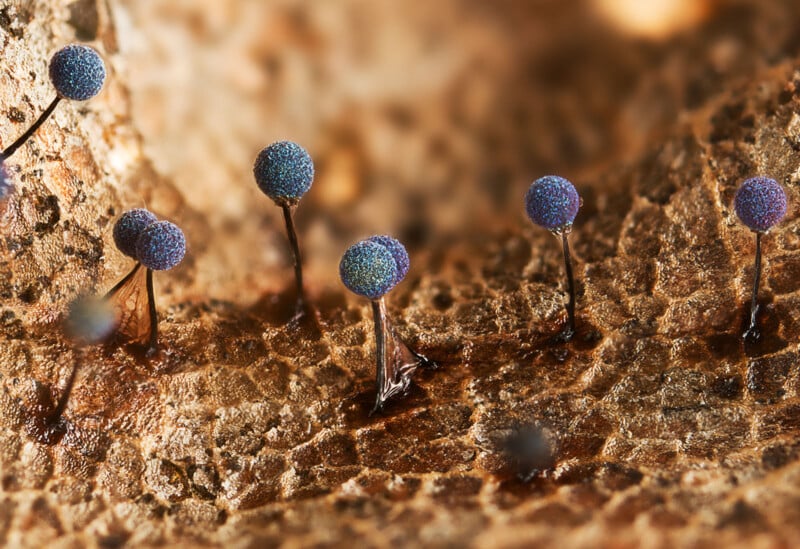
The overall winner (above) was taken by Irina Petrova Adamtzky who researches the electrical activity of fungi, slime moulds, and other microorganisms.
“I unintentionally captured this scene while collecting samples of slime moulds in a field near my home in Somerset,” Adamatzky says.
“I noticed them the evening before and had intended to gather samples to measure their electrical activity for our research. However, my attention was diverted by a simple autumn leaf that, although seemingly ordinary, held something intriguing within. I gathered it, along with my samples, and the following day I was amazed to discover what appeared to be another world within the confines of that unassuming leaf.”
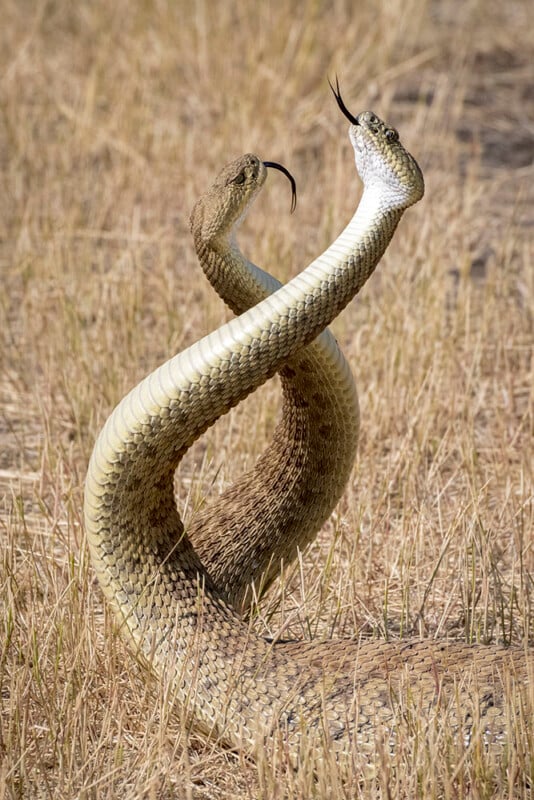
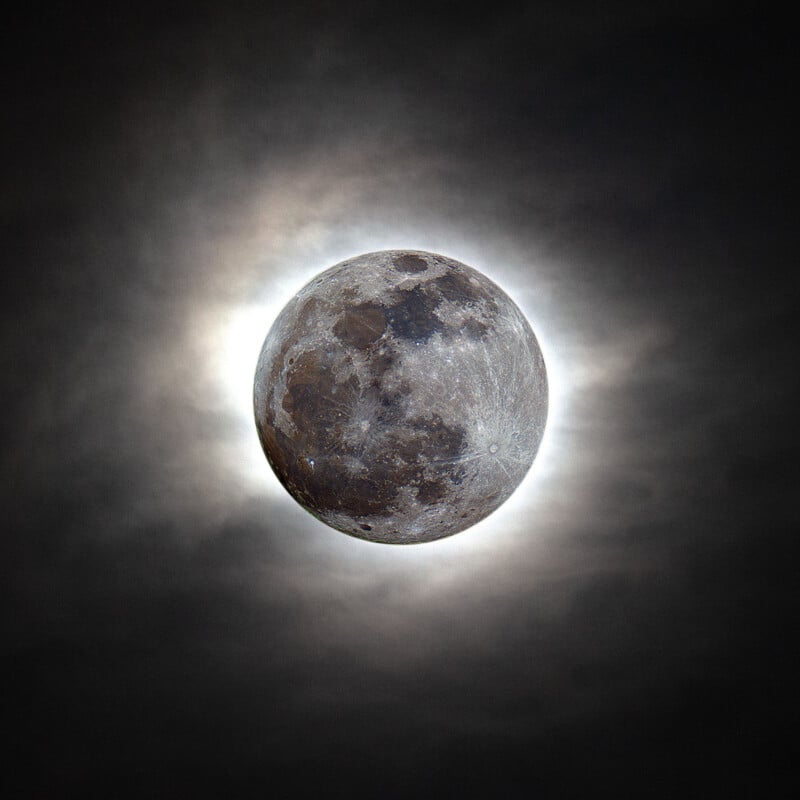
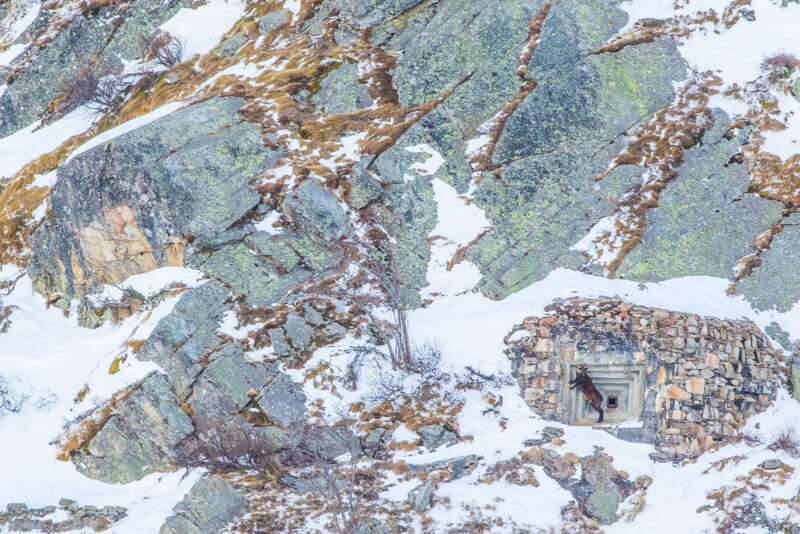
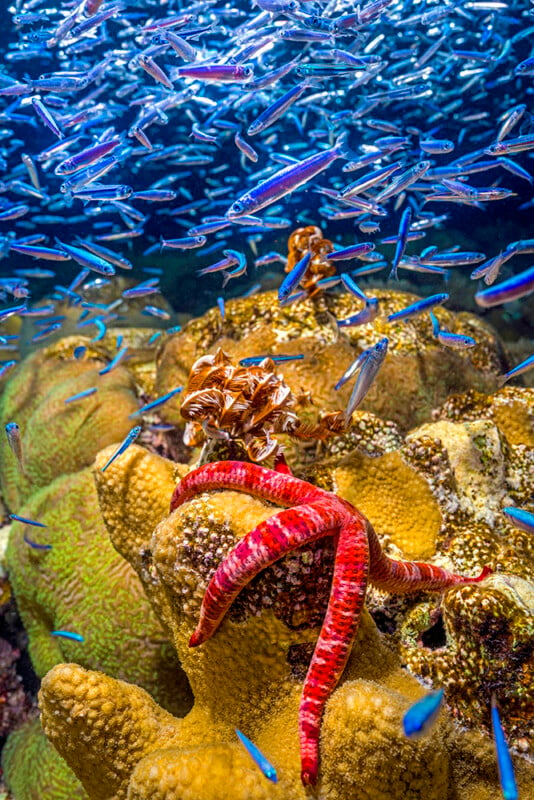
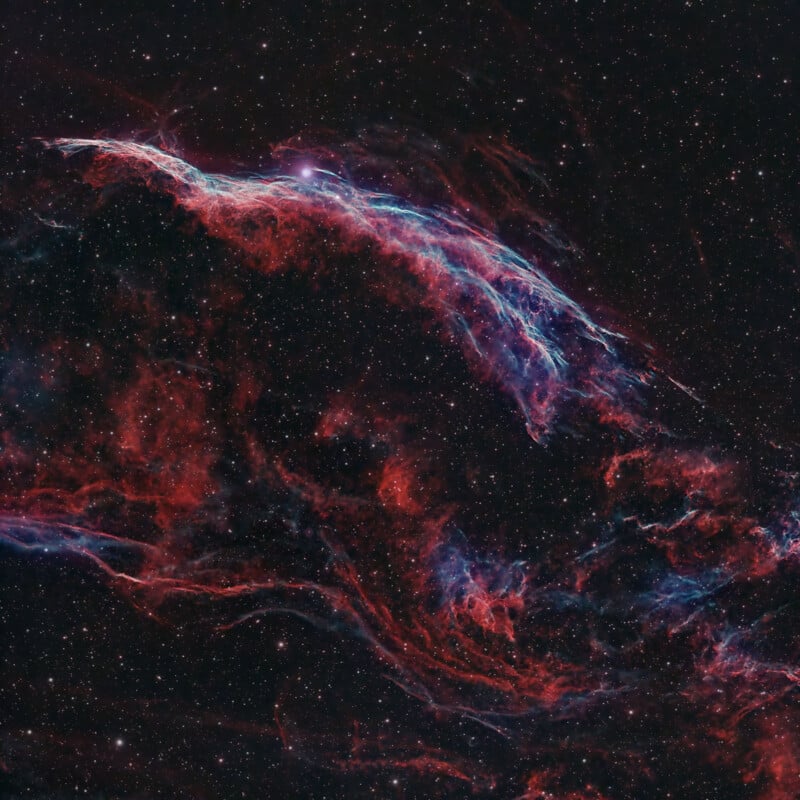
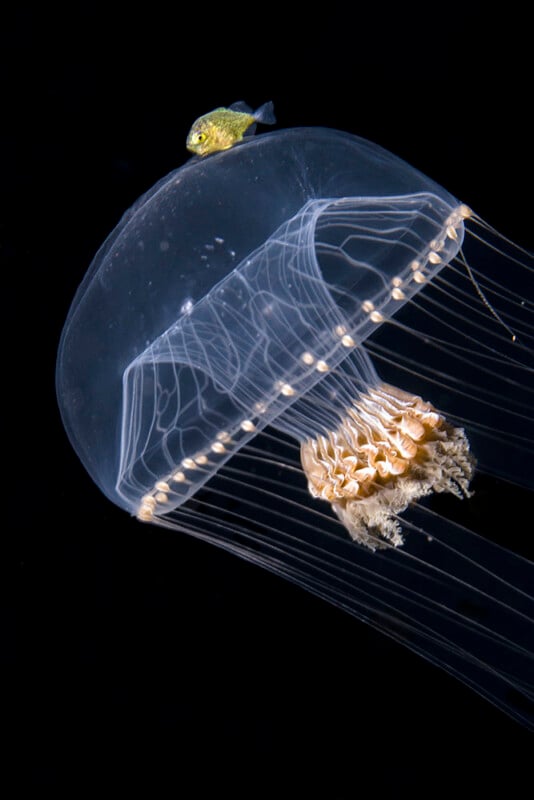
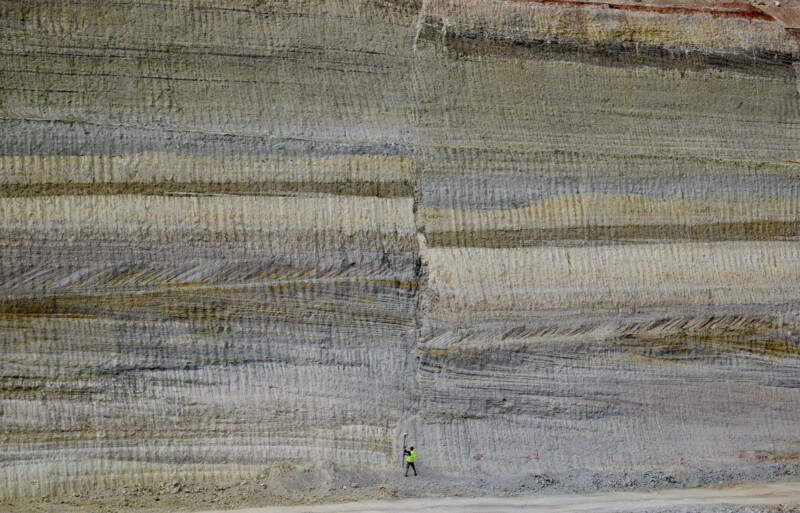
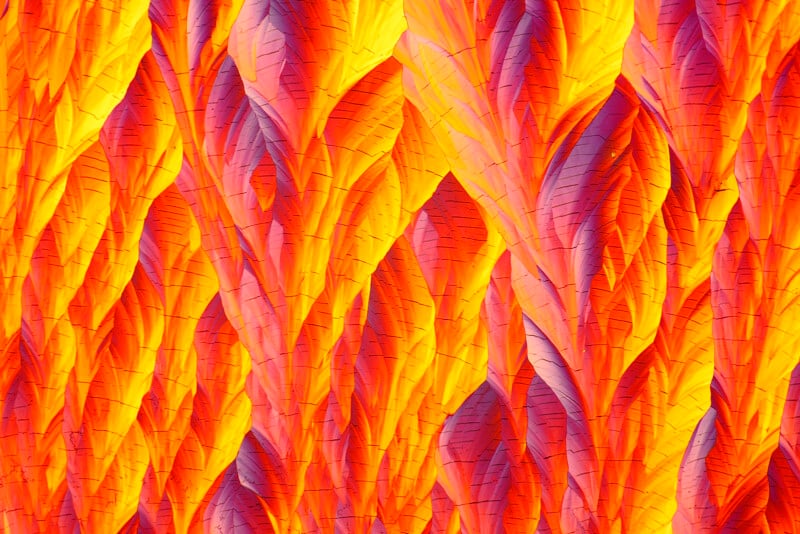
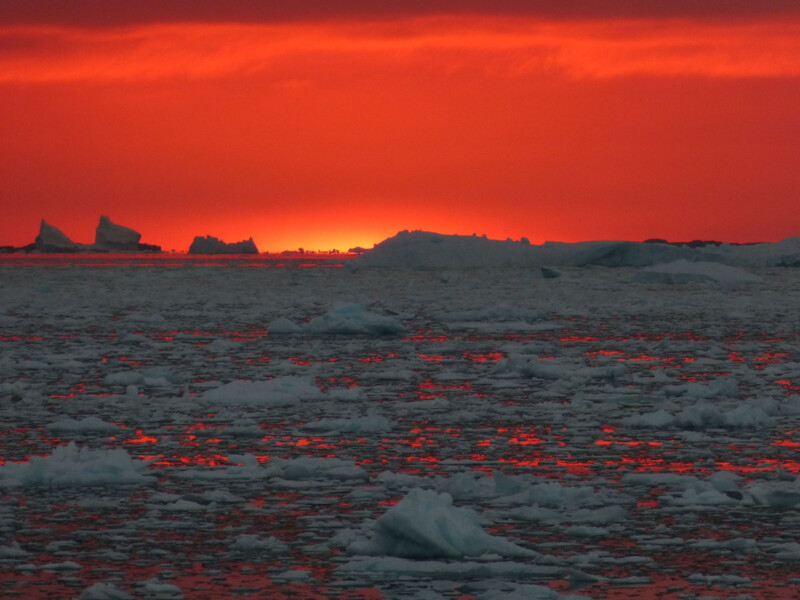
The Royal Society Publishing photo competition was launched in 2015 to celebrate the 350th anniversary of the oldest continual scientific journal in the world. The Royal Society, based in the U.K., is a self-governing fellowship of many of the world’s most distinguished scientists drawn from all areas of science, engineering, and medicine. Head to its website for more.